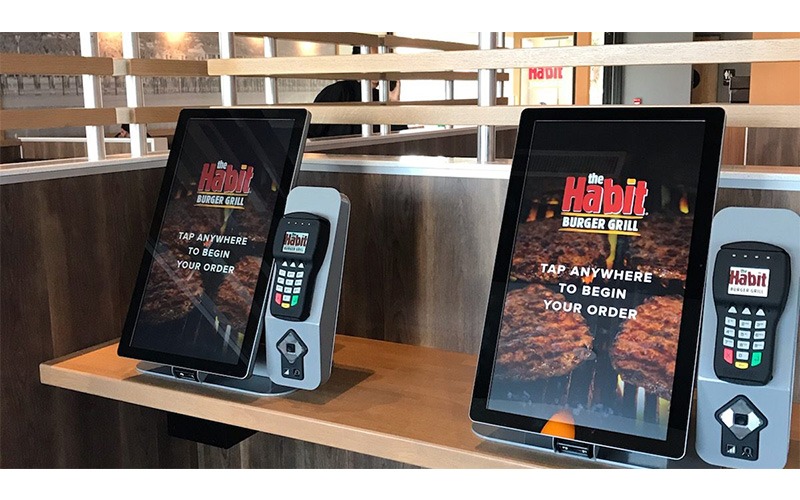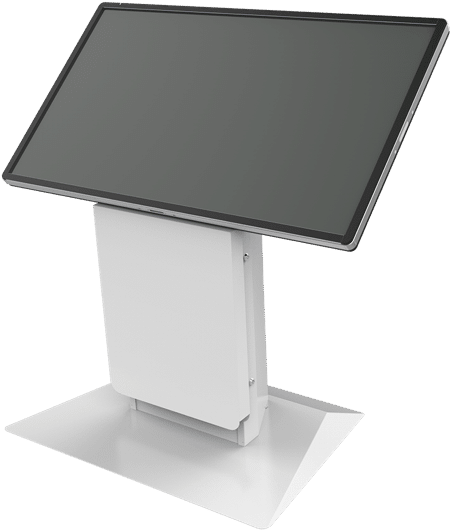As self-service technology becomes more critical across industries—from healthcare to hospitality to public services—many organizations face a pivotal question: Should we go with off-the-shelf kiosks or invest in a custom-built solution?
Both paths have their advantages. This article will break down the pros and cons of each approach and help you assess what makes the most sense for your business goals. Along the way, we’ll share how Olea Kiosks helps clients navigate this decision and deliver purpose-built solutions that perform.
Understanding Off-the-Shelf Kiosks
Off-the-shelf kiosks are pre-designed units that are ready to deploy with minimal customization. They’re a great fit for organizations with standard use cases or those looking to launch quickly.
Pros:
• Faster time to deployment – Ideal for pilot programs or rapid rollouts
• Cost-effective – Lower initial investment compared to fully custom options
• Proven designs – Field-tested form factors that meet general user expectations
Cons:
• Limited flexibility – You’re constrained by what’s available in the pre-built model
• Design constraints – May not align with your brand, physical space, or user flow
• Peripheral limitations – Harder to integrate specialized hardware
If you are challenged with time and budget constraints, our standard design kiosks are the recommended path. These units are tried and true and have been deployed in thousands of configurations.
Understanding Custom Kiosks
Custom kiosks are purpose-built to meet your exact needs—from appearance and function to environmental durability and compliance.
Pros:
• Tailored to your brand and environment – Custom finishes, sizes, and configurations to match your vision
• Flexible technology integration – Easily incorporate biometric scanners, badge readers, cameras, printers, or whatever technology is required
• Built to scale and evolve – Modular platforms support growth, feature expansion, and future innovation
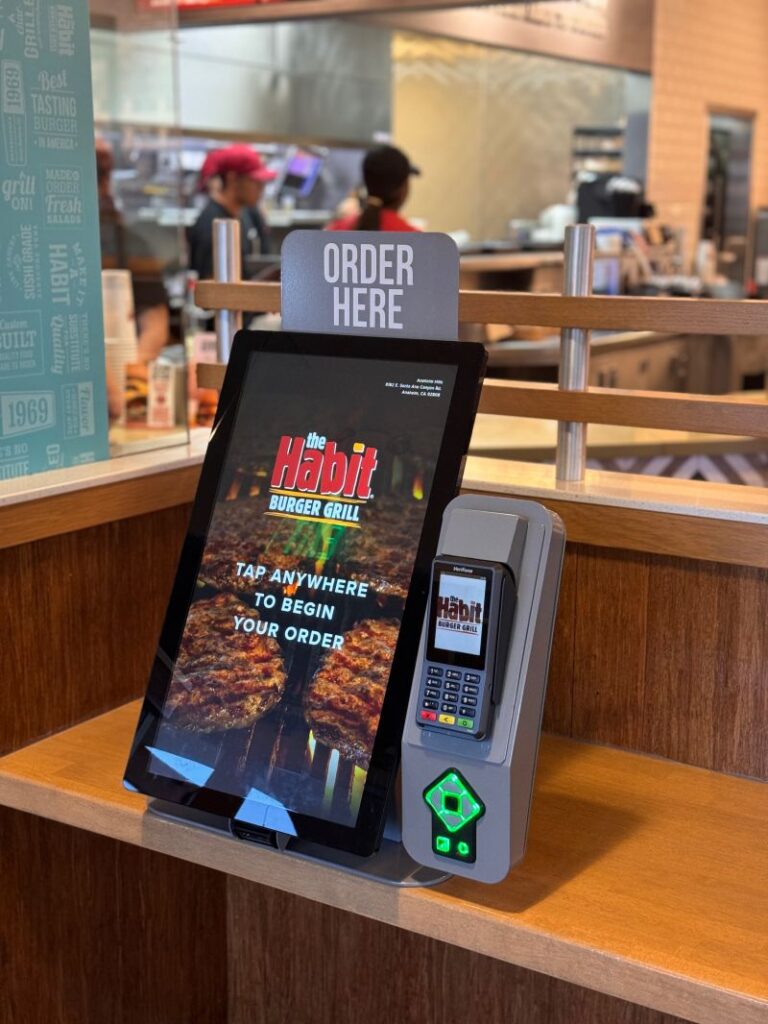
Cons:
• Longer timelines – Custom engineering and initial fabrication require more planning
• Higher upfront investment – Requires design and engineering
• Collaboration required – A more hands-on process that benefits from close partnership with your kiosk provider
A custom design is often appropriate for a large volume project (1,000+ kiosks) where you have very specific requirements. In these cases, it is possible to take into consideration those peripherals, like payment terminals, and design them in a modular fashion to retrofit in the future, when necessary.
Comparing The Two Paths
Off-the-Shelf Example:
A quick-service restaurant (QSR) client needed to test self-ordering in 3 pilot locations. One of our standard kiosk designs allowed them to move quickly and assess customer feedback before scaling.
Custom Example:
A government agency needed self-service enrollment stations with facial recognition and document scanning capabilities. Off-the-shelf solutions couldn’t accommodate the security and integration requirements—so Olea developed a custom kiosk that checked every box and exceeded ADA compliance.
Key Considerations When Deciding
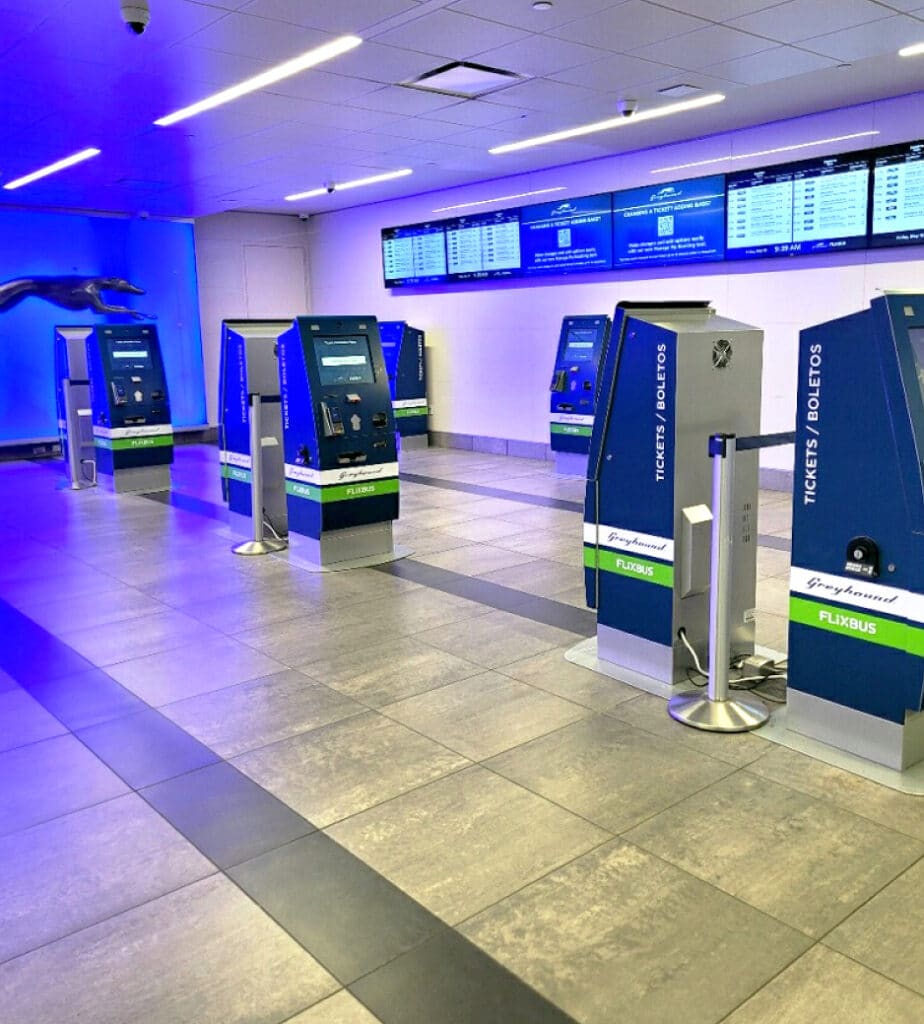
If you’re weighing these two approaches, consider the following:
• Your business goals – Are you rolling out nationally or just testing a new service model?
• Environmental requirements – Does the kiosk need to operate outdoors, in high-traffic terminals, or government buildings with security protocols?
• Brand impact – Is the user experience and visual cohesion critical to your brand promise?
• Technical needs – Do you require integrations that a standard kiosk can’t accommodate?
• Scalability – Will you need to scale or upgrade your kiosks over time?
Common Concerns We Hear
We know investing in kiosks—custom or otherwise—raises important internal questions. Here’s how we address them:
“Will custom kiosks delay our timeline too much?”
Not necessarily. Our domestic manufacturing, in-house engineering, and streamlined processes reduce lead times compared to many competitors.
“Is off-the-shelf too generic for our brand?”
Our standard units can be branded with vinyl wraps, custom finishes, or minor tweaks that make a big visual impact without the time or cost of full customization.
“We don’t know exactly what we need yet—should we wait?”
That’s what we’re here for. Our team helps you define scope, recommend peripherals, and determine whether an off-the-shelf, custom, or hybrid solution makes sense.
Why Many Organizations Choose Olea for Custom Kiosks
At Olea, we specialize in building kiosks that are as functional as they are beautiful—and that’s especially important when off-the-shelf simply doesn’t fit the bill.
Take our work with airports as an example. From check-in to luggage cart rental to wayfinding, these environments demand durable, user-friendly kiosks that integrate seamlessly into high-security, high-traffic areas. Our team has developed ruggedized enclosures with biometric and credentialing tools, all while maintaining ADA compliance and a polished aesthetic that matches modern terminals.
Similarly, our government partners often require kiosks that meet strict compliance, identity verification, and document-handling standards. We’ve designed kiosks that support everything from DMV automation to public service enrollment—each engineered with security, privacy, and accessibility in mind.
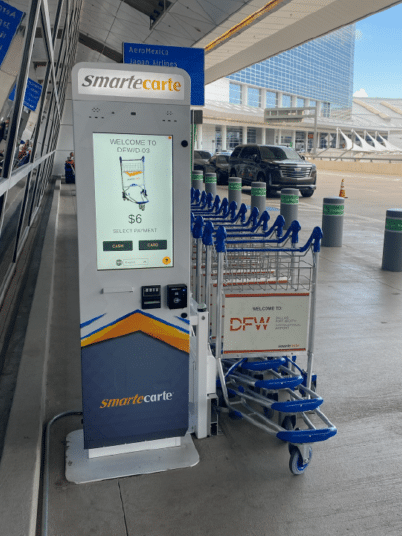
These are challenges that many kiosk companies simply can’t solve.
Not Sure Which Is Right? Olea Can Help You Decide
While we’re known for our custom work, we also offer a strong portfolio of proven, pre-engineered kiosk platforms. In fact, many of our clients find a hybrid solution—starting with a base model and tailoring select elements—is the perfect balance of cost, speed, and specificity.
Not sure where to start? Our team is happy to walk you through your options and help you make the best choice based on your budget, timeline, and goals. One thing is certain: the right partner can help you avoid costly missteps, ensure long-term value, and deliver a solution that works today and tomorrow. Whether you need something fast—or something truly yours—Olea Kiosks is ready to help. Let’s talk about what you need and how we can bring it to life.

